|
There are quite a few period films that show ARP and Civil Defence training with stirrup pumps and other equipment to put out dummy incendiary devices. This incredibly rare item below is an original practice incendiary bomb.
Photos courtesy of Nick Wall.
0 Comments
There are a number of designs of WW2 ARP and Civil Defence signs, a number have black on yellow lettering. This black-on-yellow enamel example, measuring 9" x 9", is identical in layout to a red-on-white version (some examples also have 'Wardens' Post').
Thanks to Phil Hodges for sharing the images of the sign. Rarely seen in period photos is this FG (Fire Guard) private purchase breast badge. A smaller white lettered FG in a circle is also known to have been made for the beret but in this case the wearer also has a side cap. Hard to determine the piping on that cap but he also has a badge fixed to it (could be an ARP badge or perhaps the smaller FG badge). Looks like the lady warden has also placed her leather gloves in her epaulette.
During the second world war the Scout Association and the Girl Guides Association issued badges related to Civil Defence. Below is the badge and requirements for the issue of the Scout Association's "Civil Defence" shield proficiency badge. The badge featured a yellow shield with "BOY SCOUTS" in a green circle. A blue version of the same yellow shield was for the Sea Scouts.
The National Service badge was a red badge with the letters N and S and the King's crown emblem. Both woven and printed versions of the badges exist. I am indebted to Karen Wiles for the main image and details. This image appeared recently on eBay. It notes a "Commendation" awarded to Laurence Roy Tall, an ARP Messenger in South Shields. Alas, all I can currently find out about the award is the notification in the London Gazette of 27 February, 1942.
From Wikipedia: "The Commendation for Brave Conduct was established in 1939 at the beginning of World War II. No Royal Warrant or other public statement was issued that specified the title, precedence and eligibility of the award, suggesting it was a prompt wartime solution to a gap in the awards available to reward gallantry by non-combatants, particularly those involved in Civil Defence and the Merchant Navy. Awards were published in the London Gazette, with most entries referring to a 'Commendation for brave conduct', or simply 'Commendation'. It was not formally described as the 'King's Commendation for Brave Conduct' until September 1945." |
Please support this website's running costs and keep it advert free
Categories
All
Archives
June 2024
|
|
|
Copyright © 2018–2024
|



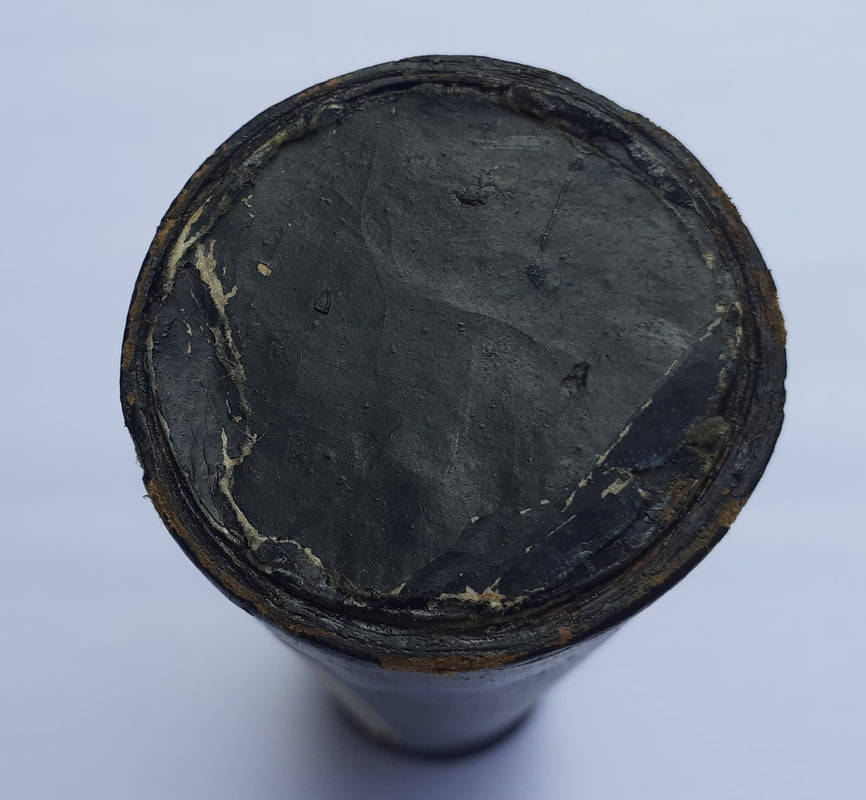
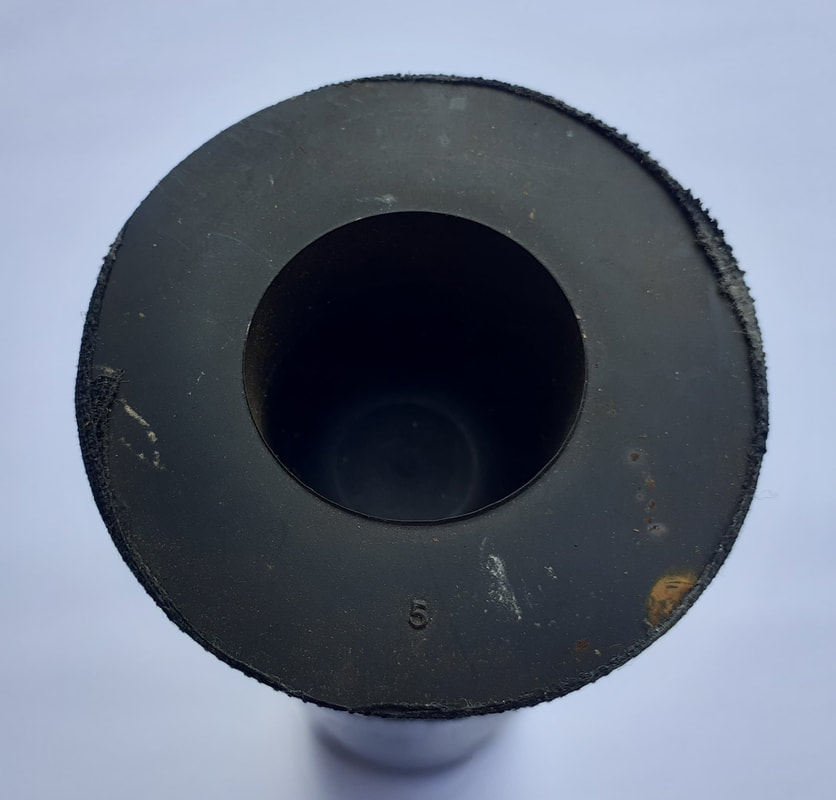
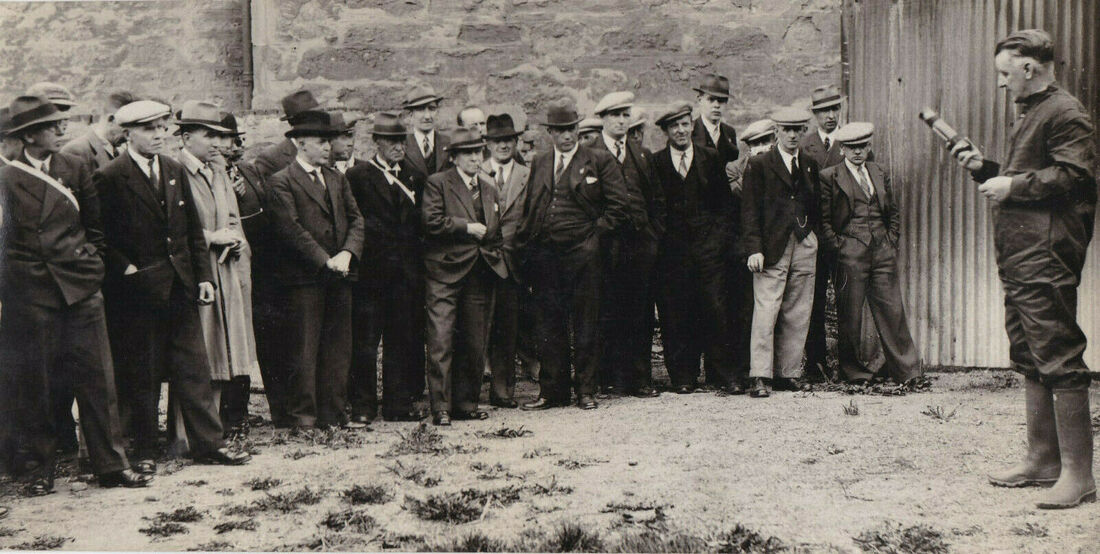
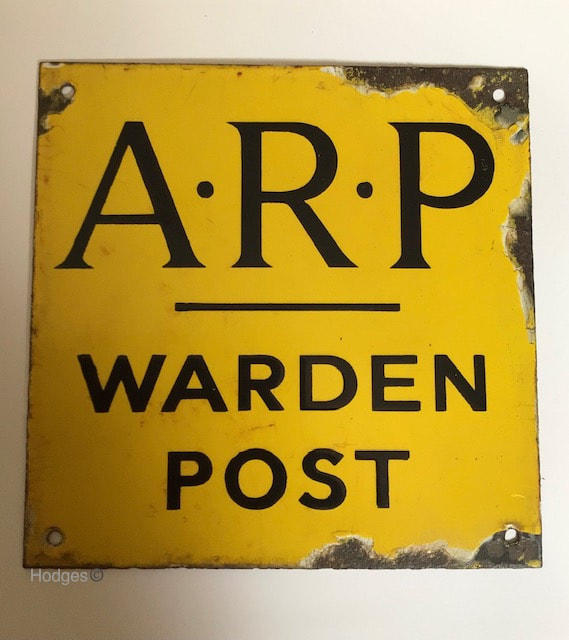
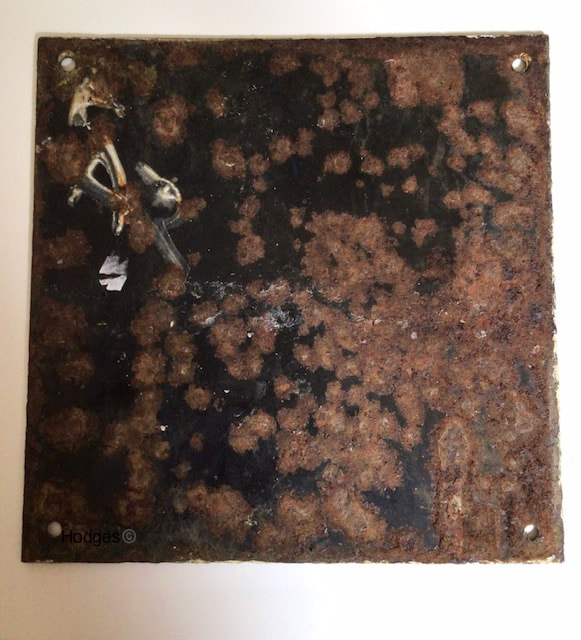


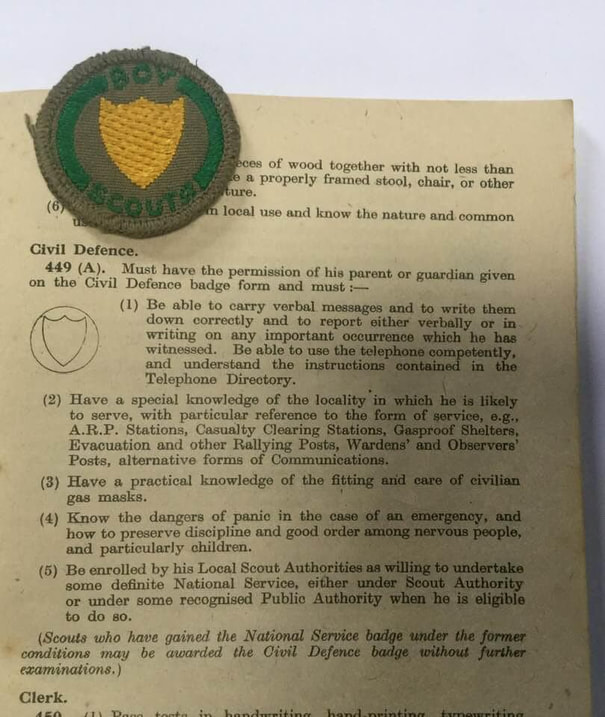
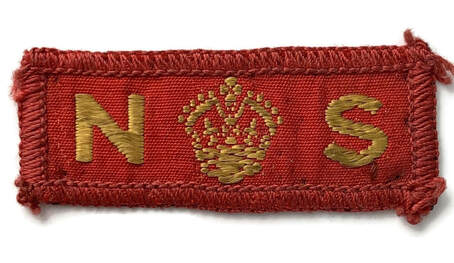

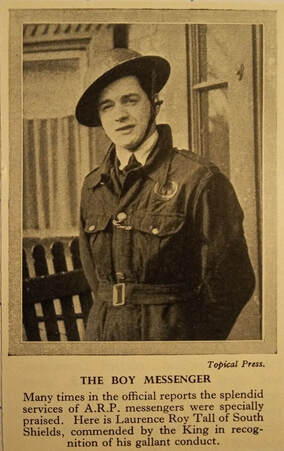
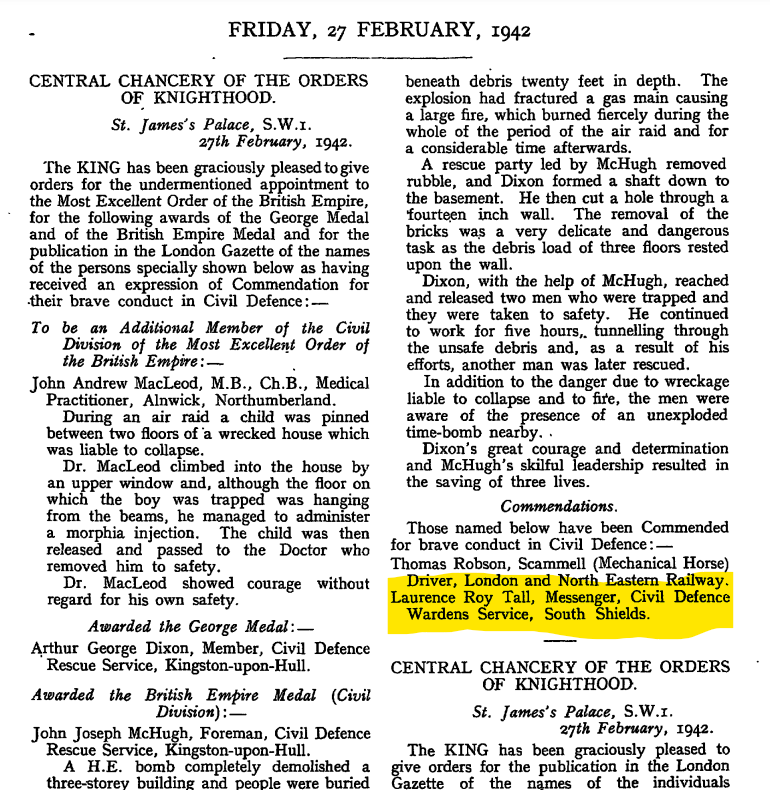
 RSS Feed
RSS Feed